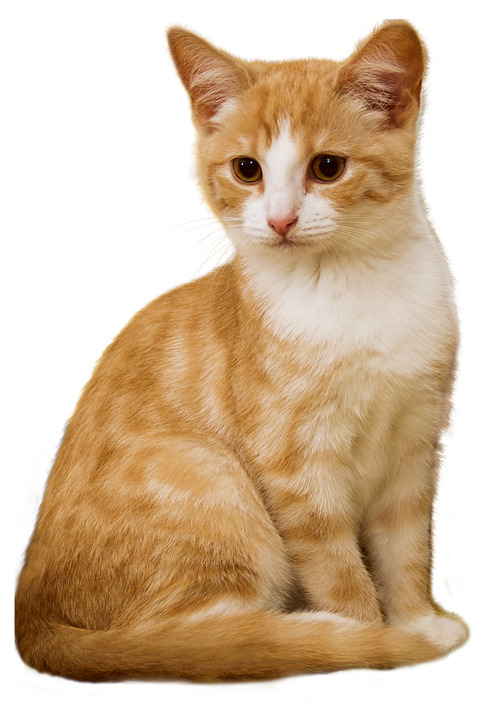Feeding your cat a proper diet is essential for their overall health and well-being. In this comprehensive guide, we will explore the various aspects of cat nutrition, including different types of cat food, feeding schedules, portion control, and addressing specific dietary needs.
The Basics of Cat Diet:
Understanding a cat’s nutritional requirements is the first step in providing them with the right diet. Cats are obligate carnivores, which means they require a diet that is rich in animal protein. They also need a balance of other essential nutrients such as fats, carbohydrates, vitamins, and minerals.
Differentiating between essential and non-essential nutrients is crucial. Essential nutrients are those that cats cannot produce on their own and must obtain from their diet. Non-essential nutrients are those that cats can synthesize in their bodies.
Types of Cat Food:
There are several types of cat food available, including dry cat food (kibble), wet cat food (canned), and raw or homemade cat food.
Dry cat food, or kibble, is convenient and often more affordable. However, it is essential to choose high-quality kibble that meets your cat’s nutritional needs.
Wet cat food, or canned food, is highly beneficial for cats as it provides hydration and can help prevent urinary tract issues. Selecting the right canned food for your cat’s specific needs is important.
The raw food diet trend has gained popularity among some cat owners. Before considering a raw or homemade diet, it is crucial to understand the potential risks and ensure proper safety precautions are taken.
Feeding Schedules and Portion Control:
Determining the appropriate number of meals per day for your cat depends on their age, weight, and activity level. Kittens and young cats typically require more frequent feeding, while adult cats can usually be fed two meals a day.
Understanding portion sizes is essential to prevent overfeeding and obesity in cats. Portion sizes should be based on your cat’s age, weight, and activity level.
Tips for avoiding overfeeding include measuring your cat’s food, using puzzle feeders to slow down eating, and providing regular exercise.
In multi-cat households, it is important to consider each cat’s individual needs and ensure that each cat has access to their own food and water.
Addressing Special Dietary Needs:
Different life stages and specific health conditions require special dietary considerations. Kittens require a diet rich in nutrients to support their growth, while senior cats may benefit from diets that support joint health and provide easily digestible ingredients.
Cat food for weight management and weight loss is available for cats that need to shed excess pounds. These diets are formulated to be lower in calories but still provide the necessary nutrients.
Cats with allergies or sensitivities may require specialized diets that exclude certain ingredients. It is crucial to work with a veterinarian to identify and manage these dietary sensitivities.
Prescription diets are available for cats with specific health conditions such as kidney disease, diabetes, or urinary tract issues. These diets are formulated to support the management and treatment of these conditions.
Frequently Asked Questions (FAQs):
Common questions about cat diet include whether cats can be vegetarian or vegan, whether to free-feed or follow a strict feeding schedule, how to transition a cat to a new diet, whether supplements are necessary, how to determine if a cat is overweight or underweight, and whether it is safe to feed a cat dog food in emergencies.
Conclusion:
Feeding your cat a well-balanced and appropriate diet is crucial for their health and happiness. By understanding their nutritional needs, selecting the right type of cat food, following a suitable feeding schedule, and addressing any specific dietary requirements, you can ensure your feline companion lives a long and healthy life. Remember to consult with your veterinarian for personalized advice regarding your cat’s diet and specific health concerns.








